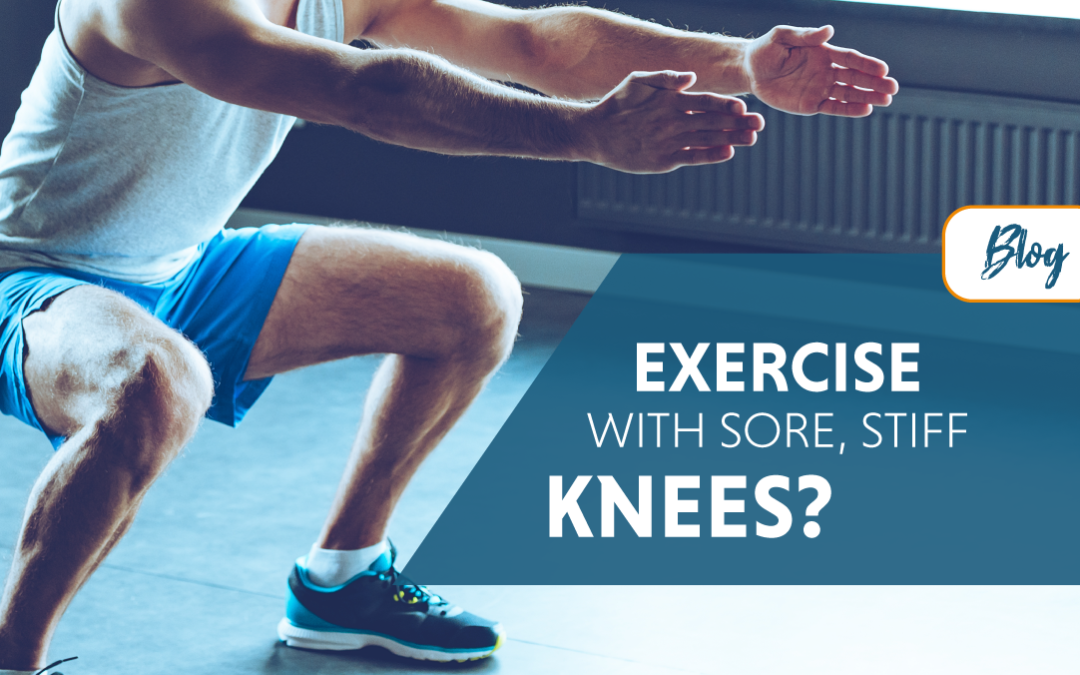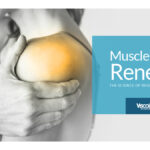As medicine advances, care recommendations change, and ideas about working with knee pain and injuries evolve as well. In past decades, the main concept for managing stiffness and inflammation was with rest and elevation, but recently, studies have shown that continuing to move a joint is actually better for recovery because it helps increase circulation and maintain mobility. However, there are still some cases where it may not be advised to move through pain. What are some causes of stiff, sore knees, and when should you seek advice about your options?
ViscoGen™ is a leader in innovative, non-surgical treatments for chronic knee pain serving the community of Orlando, Florida. Here are our expert recommendations for deciding whether to exercise with sore knees.
A Complex Joint
The knee is the largest joint in the body, and because it bears the brunt of most of our body weight with each step, it’s a complex juncture designed for endurance and stability. With a web of tendons, ligaments, lubricating and cushioning pockets, and muscle, there are a number of things that can be stressed or strained which can result in pain and inflammation. Following are some common conditions and suggestions for management:
- “Noisy Knees” might include popping or grating sounds called crepitus, which can be a result of decreased lubrication in the joint. Synovial joint fluid allows cartilage and ligaments to slide past one another, and a decrease in the fluid creates more friction and “noise” as the knees move. Unless the noise is accompanied by the sensation of pain, it is usually harmless, and movement is still recommended.
- A grinding sensation in the knees is sometimes caused by the natural degradation of the cartilage at the ends of bones in a joint. Cushioning pads called articular cartilage line the ends of the thigh and shin bones to absorb shock and to create a smooth surface for movement. Over time, this cartilage naturally begins to break down, and in some cases, patients may feel the sensation of “bone on bone” grinding in the knee. As this can be a later stage of knee osteoarthritis, it’s important to only work within the range of your typically recorded discomfort, and to maintain communication with your healthcare professional about any changes or increases in soreness or stiffness.
- Knee Pain behind the patella, or kneecap, might be a condition involving the breakdown of the cartilage on the underside of it, and the most common recommendation for care is rest. Because this may be caused by abnormal positioning of the structures in the knee, by muscle tightness or weakness, too much knee-activity, or an issue like flat feet, it’s suggested to seek the advice of a professional for help.
Struggling with Sore Knees?
When painful, stiff knees impact your activity levels, it can be difficult to keep moving without some effective intervention. The professionals at ViscoGen™ have developed a remarkable treatment program that addresses everything from pain and inflammation to stabilization and strengthening to drastically reduce or eliminate pain and increase your mobility. Contact us today to find out if this program is the right option for your knee pain relief!




